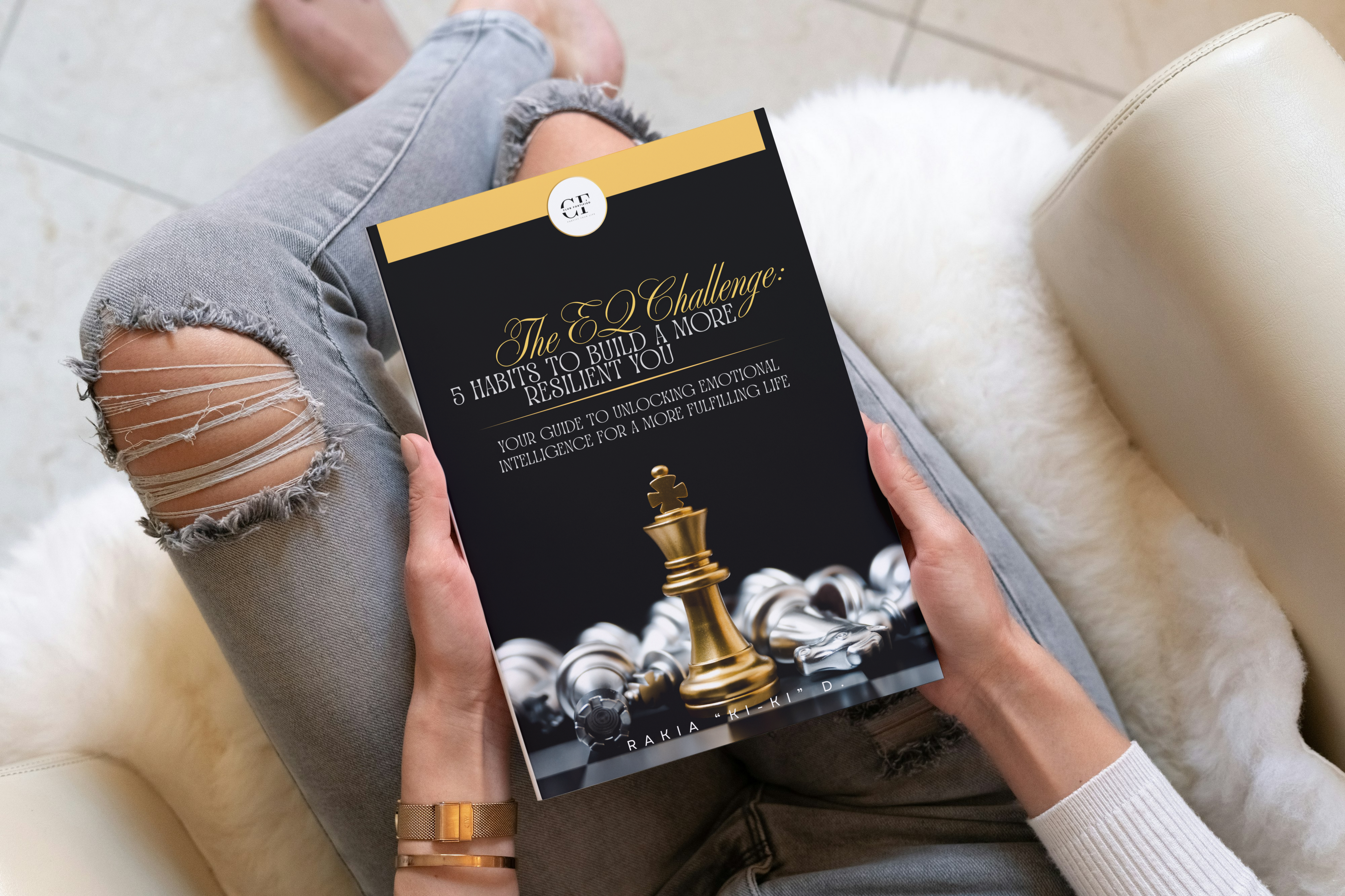We’ve all heard the phrase “emotional intelligence” (or EQ), but what does it really mean in day-to-day life? While IQ measures logic and problem-solving, EQ measures how well we understand and manage our emotions — and how we connect with others. Psychologist Daniel Goleman popularized the idea that emotional intelligence has five key elements: self-awareness, self-regulation, motivation, empathy, and social skills.
When these elements work together, they don’t just make us “nicer people” — they make us stronger communicators, better decision-makers, and more resilient humans. Let’s break them down.
The 5 Core Elements & Everyday Examples
-
Self-Awareness – The foundation of EQ. It’s about recognizing your own emotions as they happen.
Example: Before a big presentation, you notice your heart racing. Instead of ignoring it, you acknowledge your nervousness and take a moment to breathe, helping you calm down and perform better.
-
Self-Regulation – The ability to control impulses and think before acting.
Example: You receive a critical email. Instead of firing back a defensive reply, you wait, cool down, and craft a thoughtful response that resolves the issue instead of escalating it.
-
Motivation – The drive to achieve goals for personal satisfaction, not just external rewards.
Example: You train for a half-marathon, not for medals or applause, but because you want to challenge yourself and feel stronger.
-
Empathy – Understanding and sharing the feelings of others.
Example: A coworker snaps at you during a stressful project. Instead of taking it personally, you pause and consider they might be overwhelmed, and you ask if they need support.
-
Social Skills – Building and maintaining healthy relationships.
Example: At a networking event, instead of just talking about yourself, you show genuine curiosity in others by asking meaningful questions — and leave with connections that matter.
3 Historical Oddities About EQ
-
In the 1930s, psychologist Edward Thorndike introduced “social intelligence” long before EQ became mainstream.
-
Stoic philosophers like Seneca and Marcus Aurelius practiced emotional self-regulation daily — journaling their thoughts to keep emotions in check.
-
During WWII, military recruiters tested for “emotional stability” when assigning soldiers to high-stress positions, essentially measuring EQ before the term existed.
4 Resources
- Daniel Goleman: Emotional Intelligence
- MindTools – Emotional Intelligence Toolkit
- Psychology Today: Emotional Intelligence
-
Greater Good Science Center
Fortify This:
Mastering EQ isn’t about perfection; it’s about being aware of your emotions, managing them with grace, and showing empathy to others.



0 comments